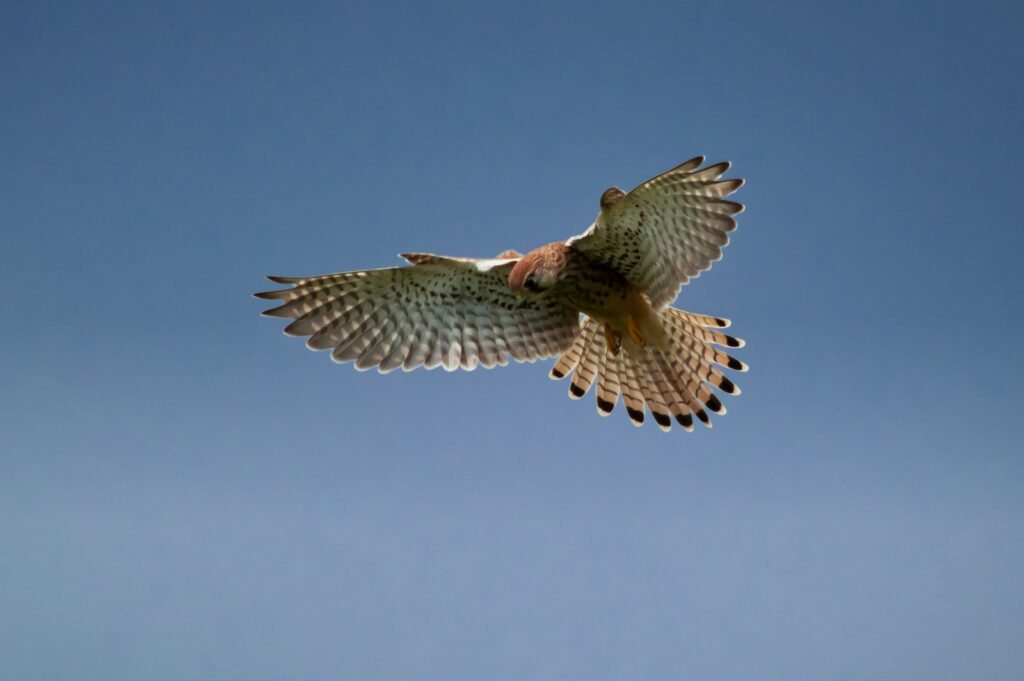The sky over Britain wasn’t always as wild as it is now. Imagine a time not so long ago when the haunting silhouettes of hawks and eagles were almost gone, their cries fading into an eerie silence. Today, those same skies buzz with the fierce beauty of birds of prey soaring high once more. But behind this inspiring comeback story, there’s a tangled web of science, passion, and heated arguments. How did these majestic hunters reclaim their home, and why do their sharp wings still cut through public debate? Let’s look up, listen closely, and unravel the dramatic tale of Britain’s raptors—where hope and controversy soar side by side.
The Vanishing Raptors: A Grim Chapter in British History
Once, Britain’s hills and woodlands echoed with the scream of the peregrine falcon and the ghostly glide of the barn owl. But by the mid-20th century, these sights were slipping away. Pesticides like DDT, habitat destruction, and relentless hunting had pushed many species to the very brink. It was a chilling disappearance that many living today don’t realize happened so recently. Fields that once hosted kestrels became oddly quiet, and the absence was felt not only by nature lovers but also by farmers and rural communities. The loss of these top predators sent ripples through the ecosystem, allowing some prey populations to spiral out of control. For many, it felt as if a vital part of the wild British spirit had been stolen.
Pesticides and Persecution: The Deadly Duo
The silent killer of the bird world came in the form of chemicals. DDT, a pesticide hailed as a miracle after World War II, proved disastrous for raptors. By thinning eggshells, it slashed breeding success, leaving nests filled with broken dreams instead of hatchlings. At the same time, gamekeepers and farmers, believing birds of prey threatened livestock or game birds, resorted to trapping and poisoning. This double blow nearly wiped out species like the red kite and the osprey. The countryside witnessed a war without guns, where the victims were often unseen until it was almost too late. Even now, the scars of that era linger in the collective memory of rural Britain.
The Turning Tide: Protecting Birds of Prey
A wave of change began in the 1960s and 70s as the dangers of pesticides came to light. Environmentalists and scientists sounded the alarm, sparking public outrage and policy shifts. The banning of DDT in 1984 marked a turning point, but the real heroes were the conservationists who refused to give up. They worked tirelessly, monitoring nests, lobbying for legal protections, and educating the public. Soon, iconic birds like the peregrine falcon found new champions in city dwellers and country folk alike. These efforts were nothing short of heroic, a testament to what passion and persistence can achieve. The story of the raptors’ return began with a handful of determined hands.
Reintroduction Projects: Science Meets Ambition
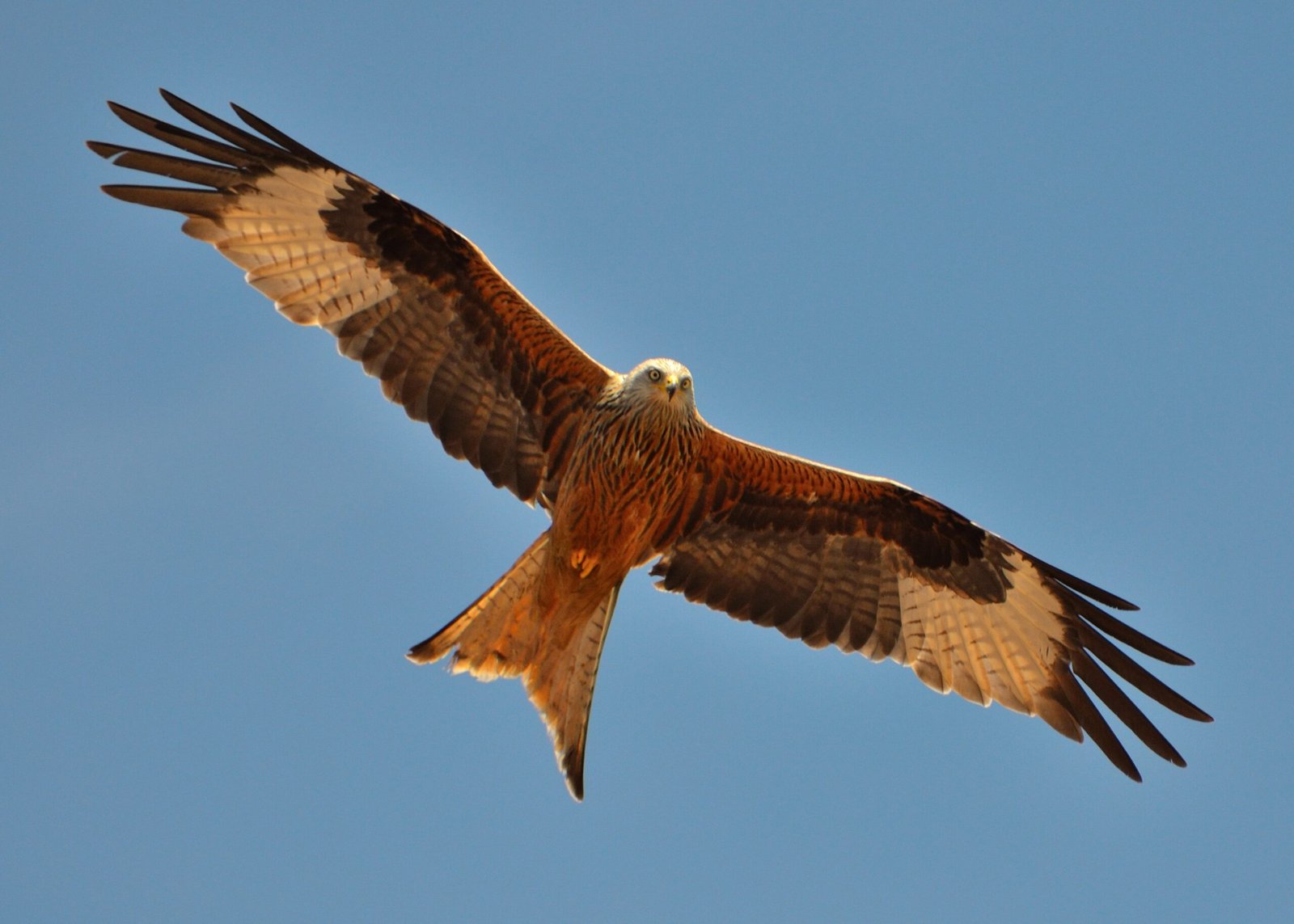
Some birds had vanished so completely that they needed a literal helping hand. Conservation groups launched ambitious reintroduction programs, often using chicks from healthier populations abroad. The red kite reintroduction in the Chilterns stands as one of the most successful wildlife projects in British history. Scientists meticulously selected release sites, monitored the raptors’ progress, and learned from early failures and surprises. These projects blended hope with hard science, sometimes requiring decades of patience. Each released bird symbolized not just a species’ fight for survival but also the power of people to repair past wrongs. It was, in many ways, a national act of redemption.
The Red Kite: From Scavenger to Superstar
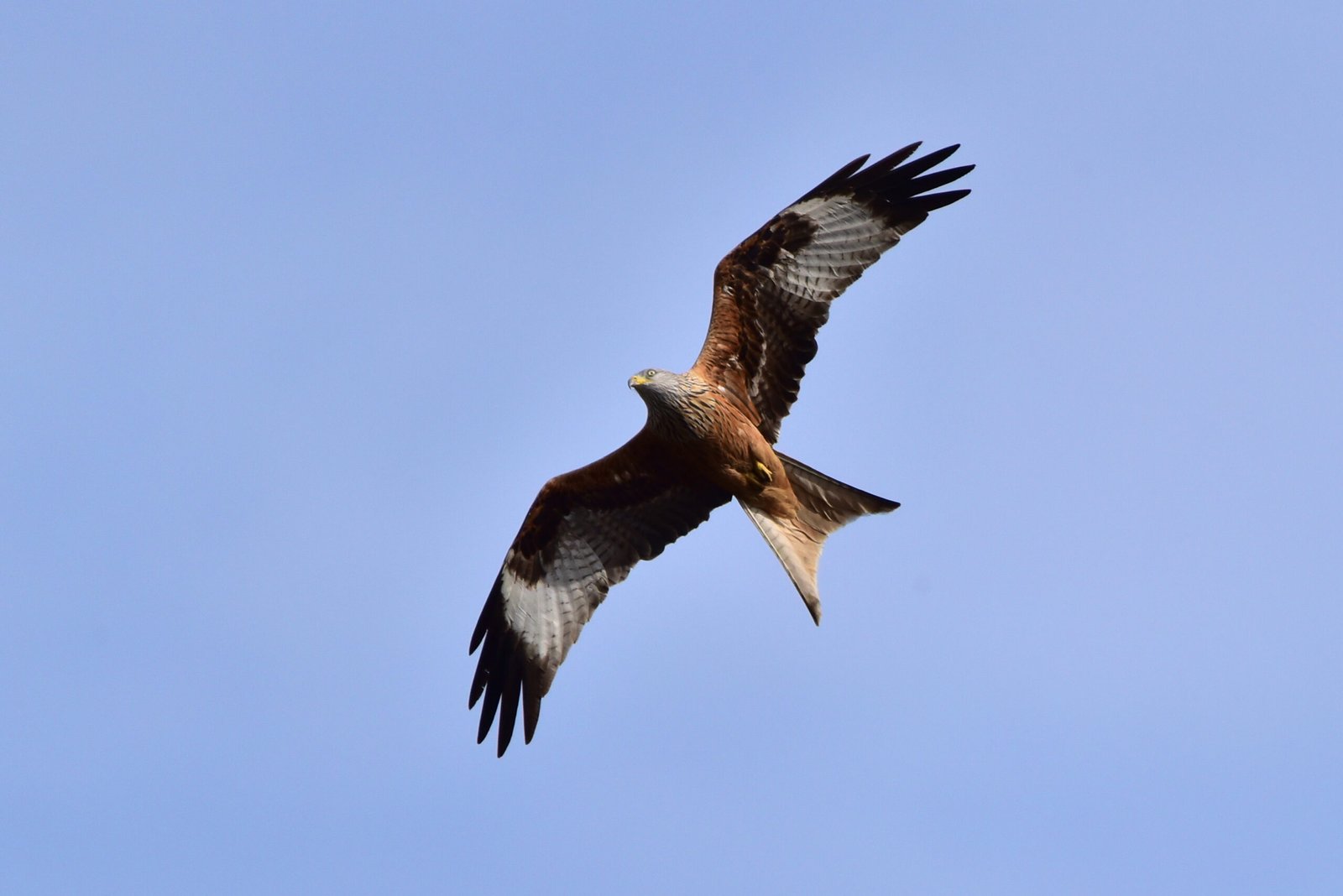
Once reviled as a pest, the red kite’s story is a rollercoaster of reputation and resilience. Medieval laws protected kites because they cleaned up city streets, but their fortunes plummeted when gamekeepers targeted them. By the 1980s, only a few pairs clung to life in Wales. The reintroduction effort transformed public attitude, and now, red kites soar above suburbs and schoolyards, their forked tails unmistakable. Today, they’re celebrated in local festivals and even feature in children’s books. Their comeback is so dramatic that some now worry about their boldness near humans, sparking fresh debates about coexistence. What a turnaround—from exile to emblem of hope.
Peregrine Falcons: Urban Adaptation and New Challenges
Once confined to wild cliffs, peregrine falcons have rewritten their own story by taking to city skyscrapers. These urban hunters now nest on cathedrals, bridges, and office towers, thrilling onlookers with their breathtaking speed. This adaptation is a marvel of nature’s flexibility, showing how wildlife can thrive in the most unexpected places. But with their return comes a new set of challenges, like illegal egg theft and the dangers of city living. Conservationists now find themselves working alongside architects and city planners to protect these urban families. The peregrine’s tale is proof that nature sometimes finds a way, even in the concrete jungle.
The Buzzard Boom: Success and Controversy

Buzzards, once rare in much of England, have made a staggering comeback. Their soaring presence is now a familiar sight, circling over fields and roads. This recovery, however, hasn’t been universally welcomed. Some farmers accuse buzzards of preying on young livestock or game birds, calling for renewed control measures. The debate gets heated, with conservationists pointing to research showing minimal impact on farming. The buzzard has become a symbol of both nature’s resilience and the complexity of rural life. Their success story is bittersweet, celebrated in some quarters and resented in others.
Ospreys: Fishers Return to Their Ancestral Waters
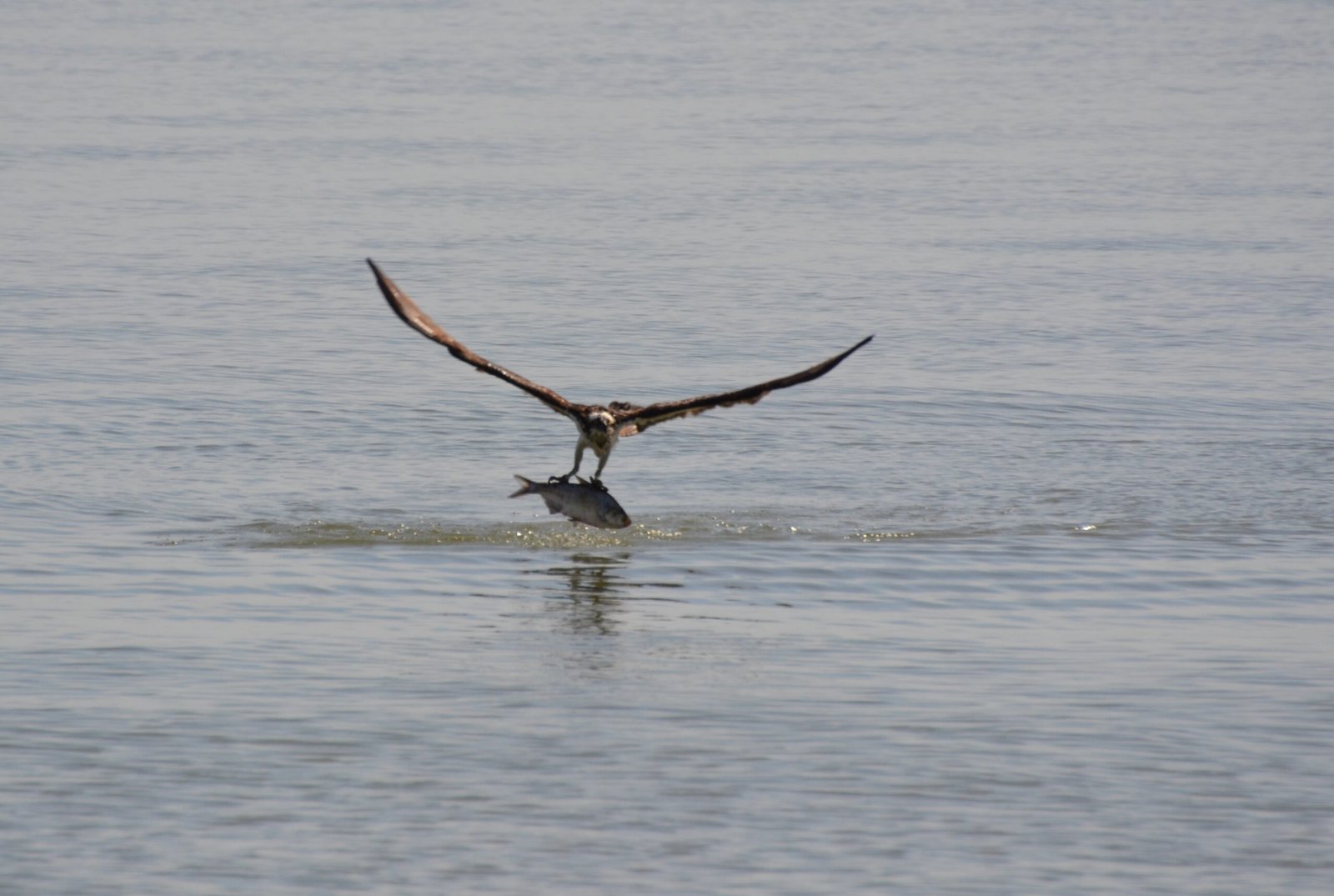
The sight of an osprey plunging into a Scottish loch is nothing short of electrifying. Driven extinct in Britain by the early 20th century, ospreys began to return in the 1950s, helped by vigilant protection and secretive nest-watching. Their comeback has inspired a whole generation of wildlife lovers, who flock to viewing hides each spring. Reintroduction programs in England and Wales have further boosted their numbers. The return of the osprey is a powerful example of how targeted, patient conservation can bring a species back from the void. Their fishing prowess and dramatic lifestyle continue to capture the public’s imagination.
Golden Eagles: The Highlands’ Living Legends
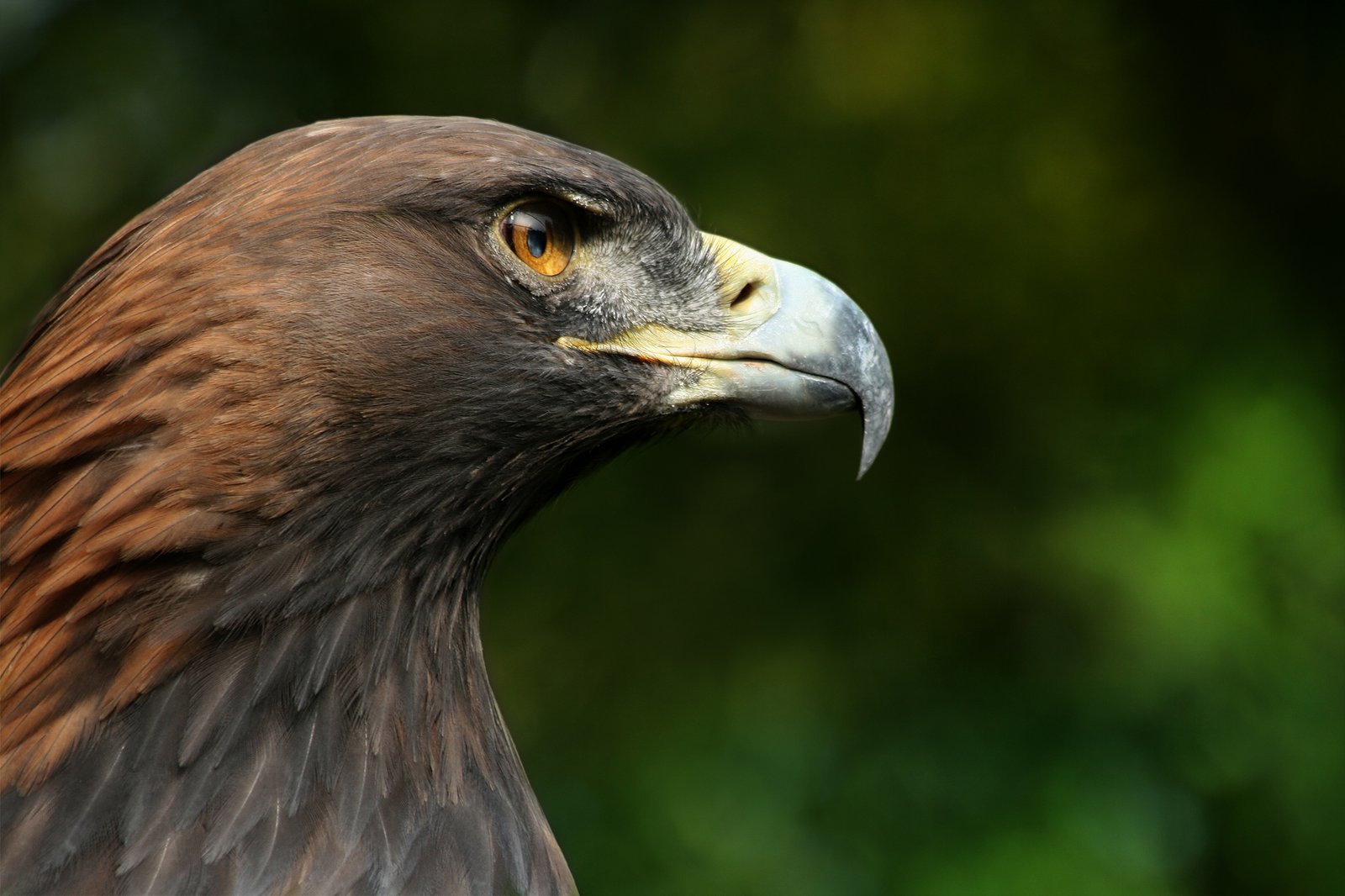
Golden eagles, kings of the Scottish Highlands, represent the wild soul of Britain. Their numbers suffered from persecution and habitat loss, and even today, their range remains limited. These powerful hunters require vast, undisturbed landscapes to thrive, making them a barometer for the health of wild places. Recent years have seen careful management and satellite tracking reveal new insights into their lives. Some areas now report slow but steady increases, sparking hope for broader recovery. For many, simply glimpsing a golden eagle is a bucket-list moment—a reminder of what’s at stake when we talk about ‘rewilding’ Britain.
Hen Harriers: At the Heart of a National Dispute

No bird of prey stirs more passion—and anger—than the hen harrier. These elegant raptors, once widespread, now teeter on the edge, especially in England. The main culprit? Illegal persecution linked to grouse moor management, where harriers are seen as a threat to lucrative shooting interests. The debate over how to balance conservation and tradition rages on, sometimes turning toxic on social media and in parliament. Government schemes for “brood management” spark both hope and suspicion. The hen harrier’s plight has become a lightning rod for arguments about land use, wildlife crime, and rural identity.
Legal Protections: Shields and Loopholes
Britain has some of the strongest wildlife laws in the world, on paper at least. The Wildlife and Countryside Act 1981 makes it illegal to harm most raptors or disturb their nests. Yet, enforcement is another story. Cases of poisoning, trapping, or shooting still crop up, and prosecutions are rare. Conservationists argue that penalties aren’t harsh enough to deter offenders, while land managers sometimes feel unfairly targeted. The legal landscape is a maze of protections, exceptions, and gray areas. This complexity feeds the controversy, leaving both sides frustrated and the birds themselves sometimes caught in the crossfire.
Gamekeepers and Grouse Moors: A Thorny Relationship
The relationship between raptors and gamekeepers is one of uneasy coexistence. On one hand, gamekeepers manage moorlands in ways that can benefit many species, including some birds of prey. On the other, the drive to maximize grouse numbers often brings them into conflict with predators. Stories of hidden traps and poisoned bait are the dark side of an industry steeped in tradition. Some estates now pride themselves on hosting healthy raptor populations, using them as a badge of conservation credibility. Yet, the old mistrust lingers, with each side quick to accuse the other of bad faith.
Public Attitudes: From Fear to Fascination
It’s hard to overstate how much public perception has changed. Where once birds of prey inspired fear or were dismissed as vermin, they’re now celebrated in documentaries, school projects, and art. Urban peregrines have become local celebrities, with webcams attracting thousands of fans. Birdwatching, once a niche hobby, now draws millions, fueling a growing army of citizen scientists and advocates. This cultural shift has been crucial to raptor recovery, providing both political will and practical support. Yet, not everyone shares in this fascination, and old prejudices can resurface in surprising ways.
Ecological Impacts: Balancing the Food Chain
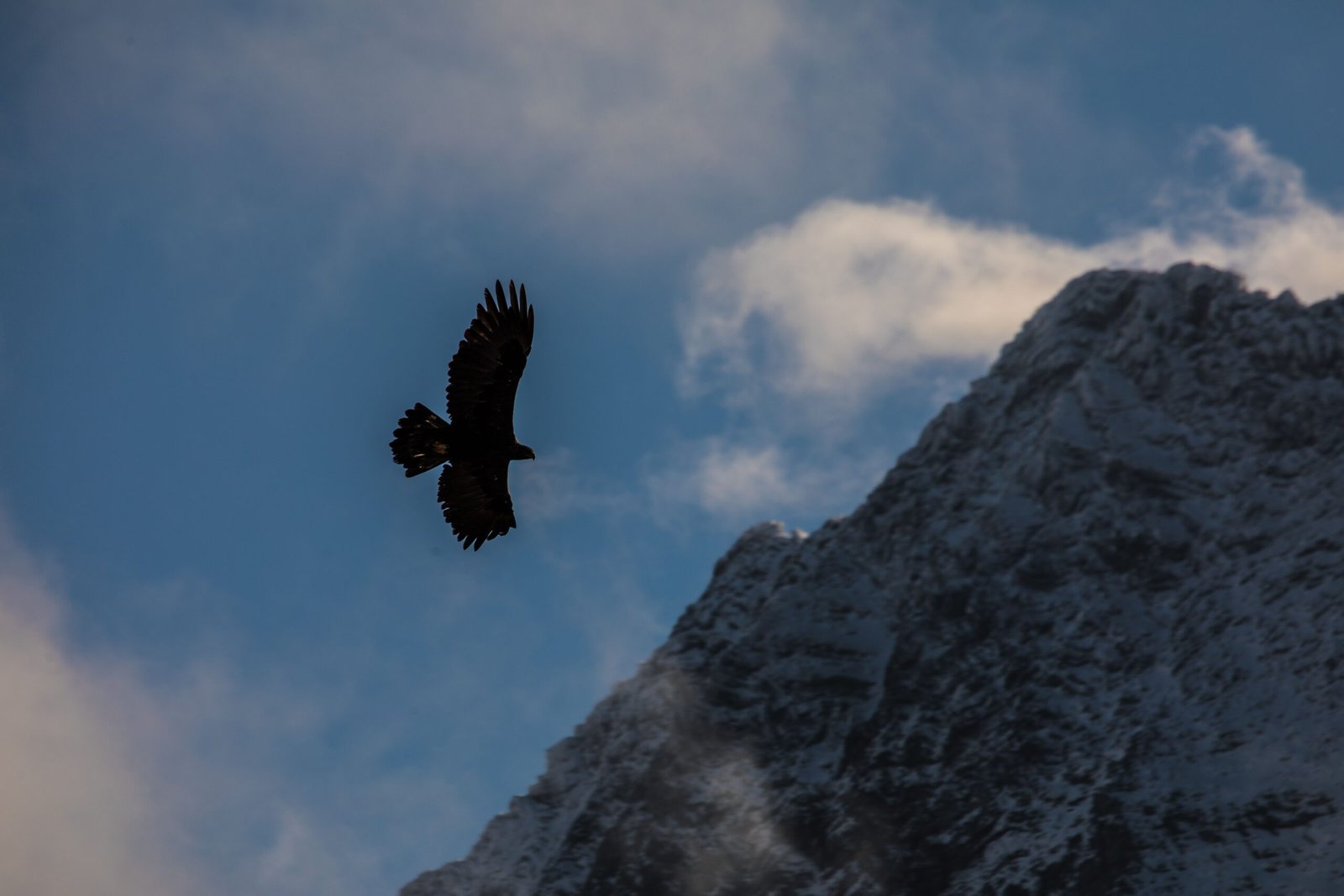
The return of apex predators always shakes up the ecosystem. Birds of prey help control populations of rabbits, rodents, and even other birds, keeping nature in balance. Their presence can spark what scientists call a “trophic cascade,” where the effects ripple through entire habitats. Sometimes, this means tough choices—do you celebrate the rise of raptors if it means fewer songbirds or game species? The science isn’t always clear, and debates rage over what a “healthy” countryside should look like. But if nothing else, raptors remind us that nature is rarely simple.
Tourism and the Economic Upside
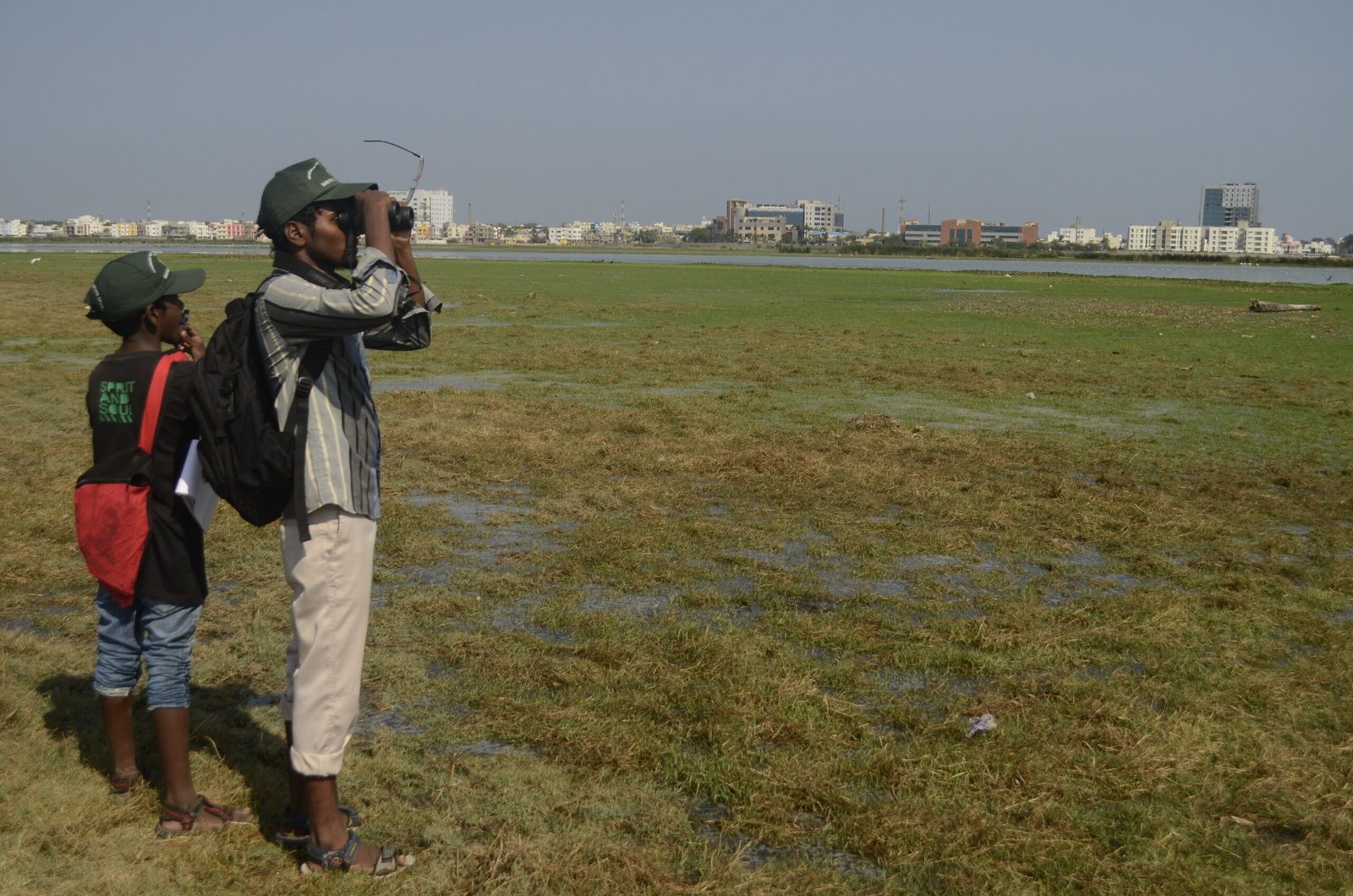
Wildlife tourism is booming, and raptors are a big draw. From eagle-watching tours in Scotland to osprey festivals in Wales, these birds bring visitors—and their wallets—to rural communities. Local businesses, from bed-and-breakfasts to cafes and guides, benefit from the raptor renaissance. Some former critics now see economic value in living alongside these birds. It’s a rare case where conservation and commerce can go hand in hand. Still, balancing increased footfall with sensitive habitats is an ongoing challenge, requiring careful management and community buy-in.
Modern Threats: Wind Farms, Poison, and Urban Hazards
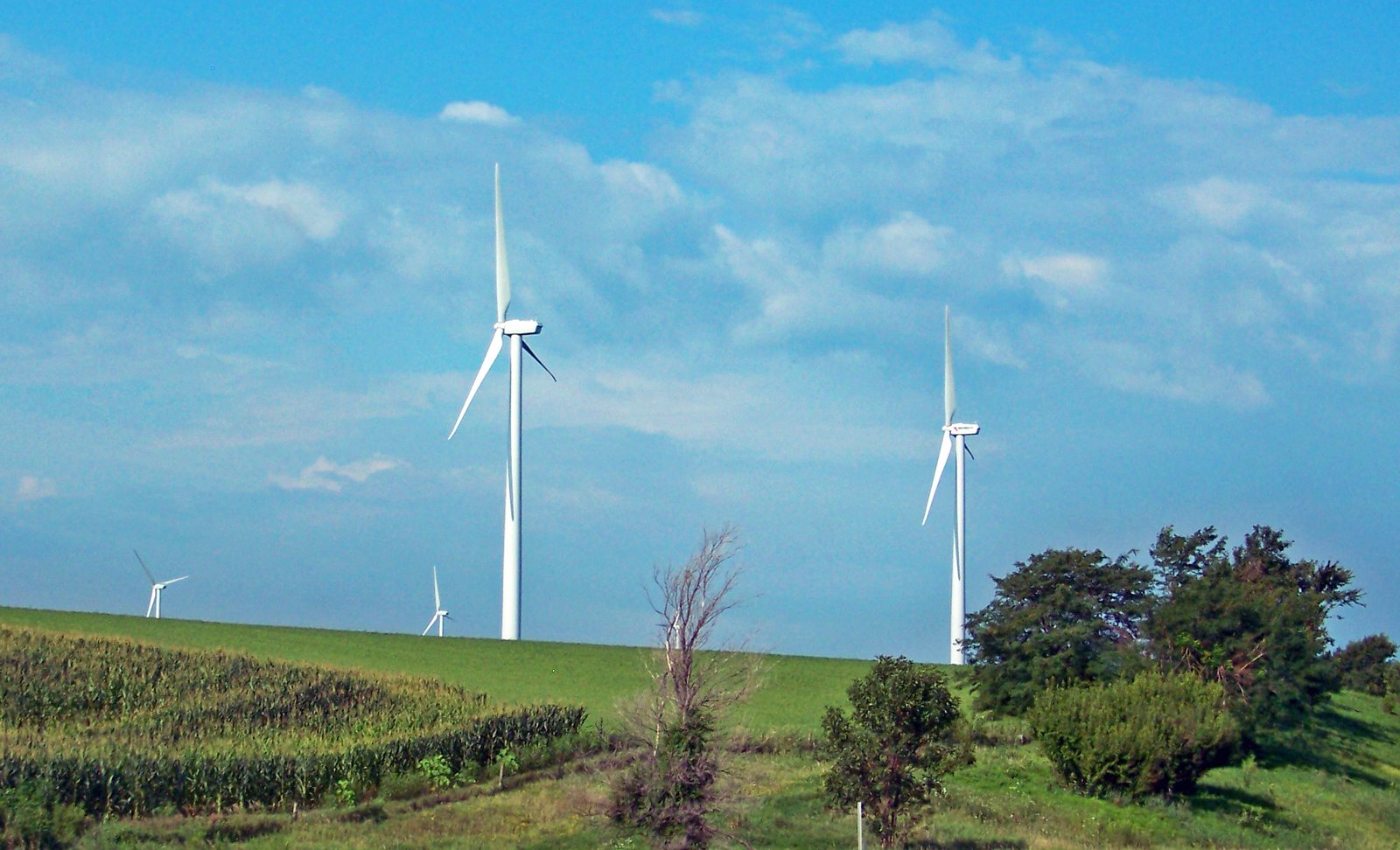
Success brings new dangers. Wind turbines, while crucial for green energy, can pose deadly obstacles to flying raptors. Secondary poisoning from rodenticides, illegal traps, and even the chaos of busy roads all take a toll. Urban birds face threats from glass buildings, pigeon poisons, and disturbance. Conservationists constantly adapt—designing safer turbines, tracking birds with GPS, and running public awareness campaigns. The fight to keep birds of prey safe is never finished; each victory can be fragile, and new challenges are never far behind.
The Future of Britain’s Raptors: Coexistence or Conflict?
As we look to the future, the question isn’t just whether birds of prey will survive, but how we’ll live alongside them. Can ancient traditions and modern conservation find common ground? Will the next generation grow up with buzzards overhead and kites at the school gates, or will old battles resurface in new forms? The answers lie in our willingness to compromise, adapt, and keep asking difficult questions. The story of Britain’s raptors is still being written—by scientists, farmers, city dwellers, and everyone who looks up and dreams of wild wings.

